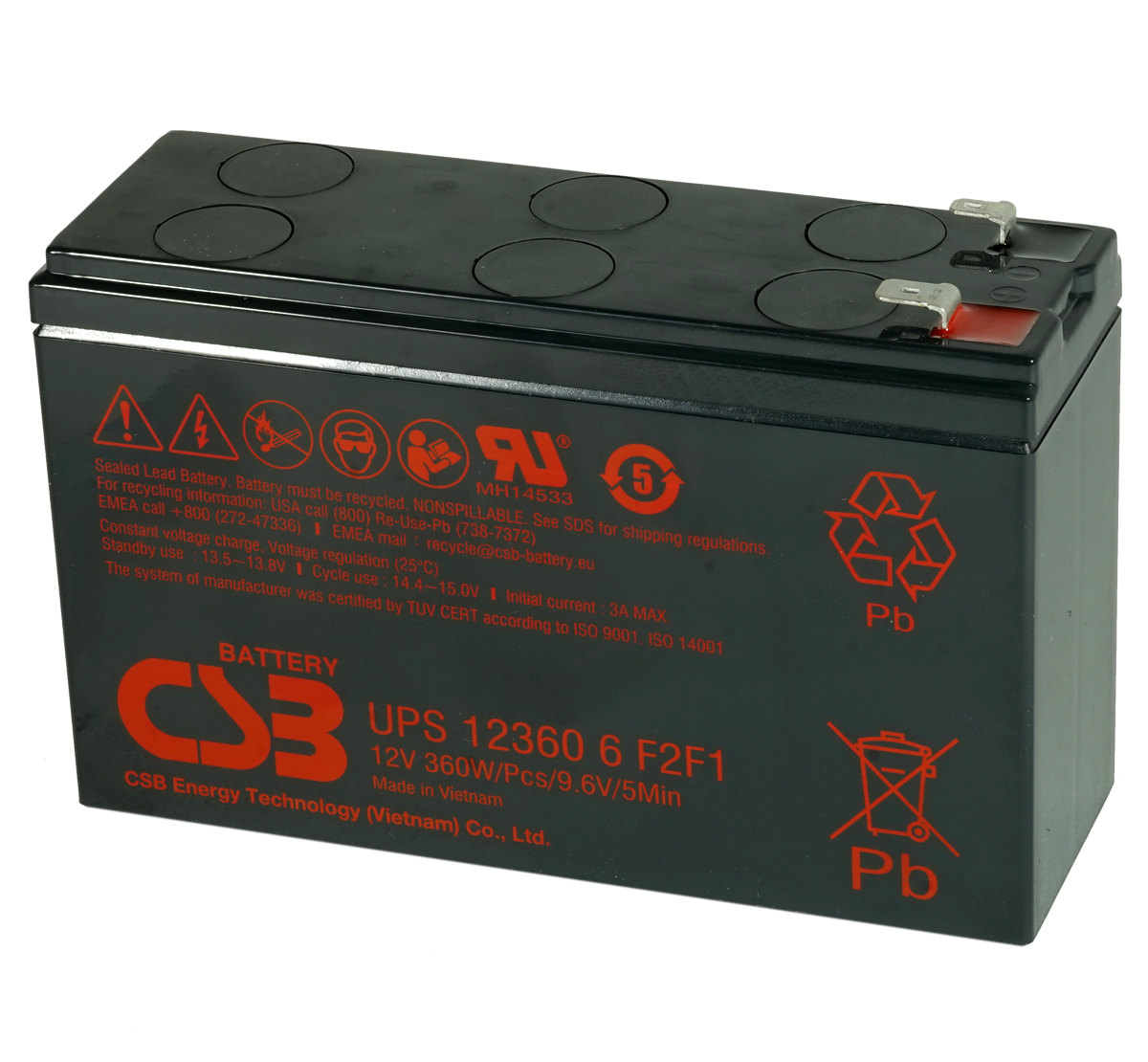Power Up Your Backup: The Essential Guide to UPS Batteries
Power Up Your Backup: The Essential Guide to UPS Batteries
Blog Article

In today's world, where technology plays a crucial role in our daily lives, ensuring that our devices remain powered is more important than ever. This is where UPS batteries come into play. A UPS, or uninterruptible power supply, serves as a guardian against power interruptions, providing a reliable source of backup energy when you need it most. Whether you are protecting sensitive electronics at home or ensuring the smooth operation of servers in a data center, understanding the role of UPS batteries is vital for any tech-savvy individual.
UPS batteries come in various types and capacities, each suited for different applications and requirements. From small, portable units designed to support personal computers to larger systems for industrial use, knowing how to choose and maintain these batteries can significantly impact their performance and longevity. In this guide, we will explore the essential aspects of UPS batteries, helping you make informed decisions to power up your backup systems effectively.
Understanding UPS Battery Types
When it comes to uninterruptible power supplies (UPS), the choice of battery type is crucial for ensuring reliability and efficiency. The most common types of UPS batteries include lead-acid, lithium-ion, and nickel-cadmium. Lead-acid batteries are widely used due to their affordability and established technology. They are reliable for providing backup power and are commonly found in many home and office UPS systems. However, they do have a shorter lifespan compared to their lithium-ion counterparts and require regular maintenance.
UPS Batteries
Lithium-ion batteries are becoming increasingly popular for UPS systems due to their longer life expectancy, higher energy density, and reduced weight. They can provide more cycles of charging and discharging, making them cost-effective over time despite their higher initial investment. Additionally, lithium-ion batteries can operate efficiently in a wider temperature range, which adds to their versatility in different environments. Their compact size allows for more flexible configuration options in UPS setups.
Nickel-cadmium batteries, although less common, are still used in certain applications due to their robustness and long service life. They can withstand extreme temperatures and have a high tolerance for deep discharges. However, their environmental concerns and higher costs often lead users to prefer lead-acid or lithium-ion options. Understanding these different types of UPS batteries and their capabilities can help users make informed decisions about which battery best meets their backup power needs.
Choosing the Right UPS Battery
Selecting the appropriate UPS battery is crucial for ensuring that your equipment remains powered during outages. Start by considering the power requirements of your devices. Calculate the total wattage needed for your equipment to determine the capacity of the UPS battery. This capacity is typically measured in volt-amps or watt-hours, and selecting a battery that exceeds your requirements provides an extra safety margin.
Next, evaluate the runtime you need during a power failure. Different UPS batteries offer varying runtimes based on their capacity and the load they are supporting. If you require extended runtime for critical systems, look for batteries with higher capacities or consider models that allow for external battery packs. Additionally, different UPS models may have features that optimize runtime, such as energy-saving modes that activate during low demand.
Finally, it is essential to consider compatibility and maintenance. Ensure that the UPS battery you select is compatible with your existing UPS unit, as not all batteries are interchangeable. Review the manufacturer's specifications for recommended battery types and sizes. Regular maintenance is also important for longevity; choose a battery that allows for easy access to perform routine checks or replacements to keep your system running smoothly.
Maintenance Tips for UPS Batteries
To ensure the longevity and efficiency of UPS batteries, regular inspection is essential. Check the battery terminals for corrosion and clean them as needed using a mixture of baking soda and water. Additionally, make sure the connections are tight and secure. A loose connection can lead to inefficient performance or battery failure. Monitor the physical condition of the batteries, looking for any signs of swelling or leakage, which indicate that the battery may need replacement.
Temperature plays a crucial role in the health of UPS batteries. It is important to keep the batteries in a cool, dry environment. High temperatures can accelerate battery degradation, while extremely low temperatures can reduce their charging capability. Ideally, the ambient temperature should be maintained between 20 to 25 degrees Celsius. Consider using temperature monitoring systems to alert you if conditions deviate from this optimal range.
Battery testing should not be overlooked as a key part of maintenance. Perform regular load tests to assess the battery's performance under simulated power outage conditions. This will help identify any weaknesses or issues that may need addressing before an actual power failure occurs. Also, follow the manufacturer's recommendations for replacement cycles and keep a record of your testing and maintenance activities to ensure everything remains in proper working order.
Report this page